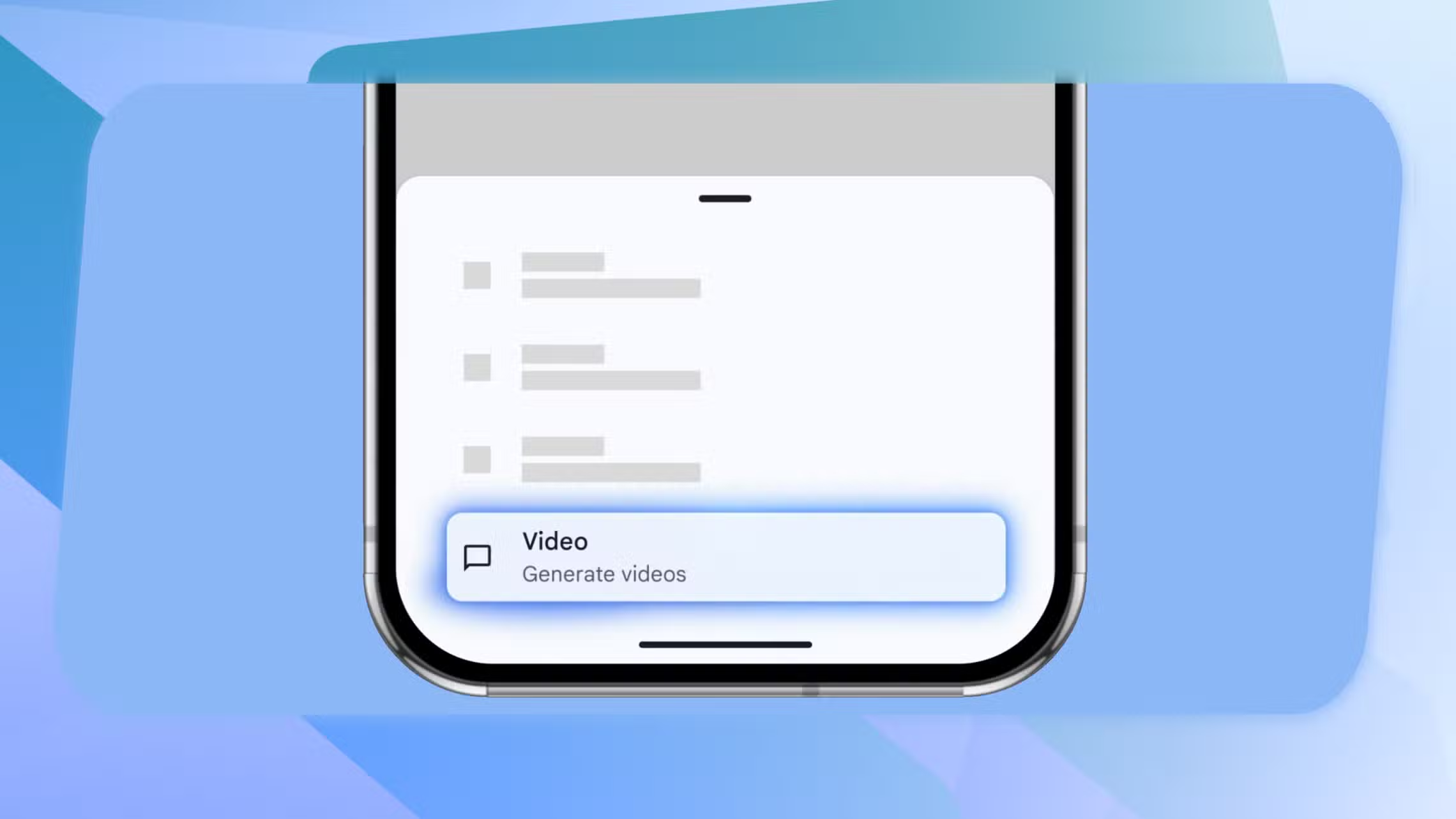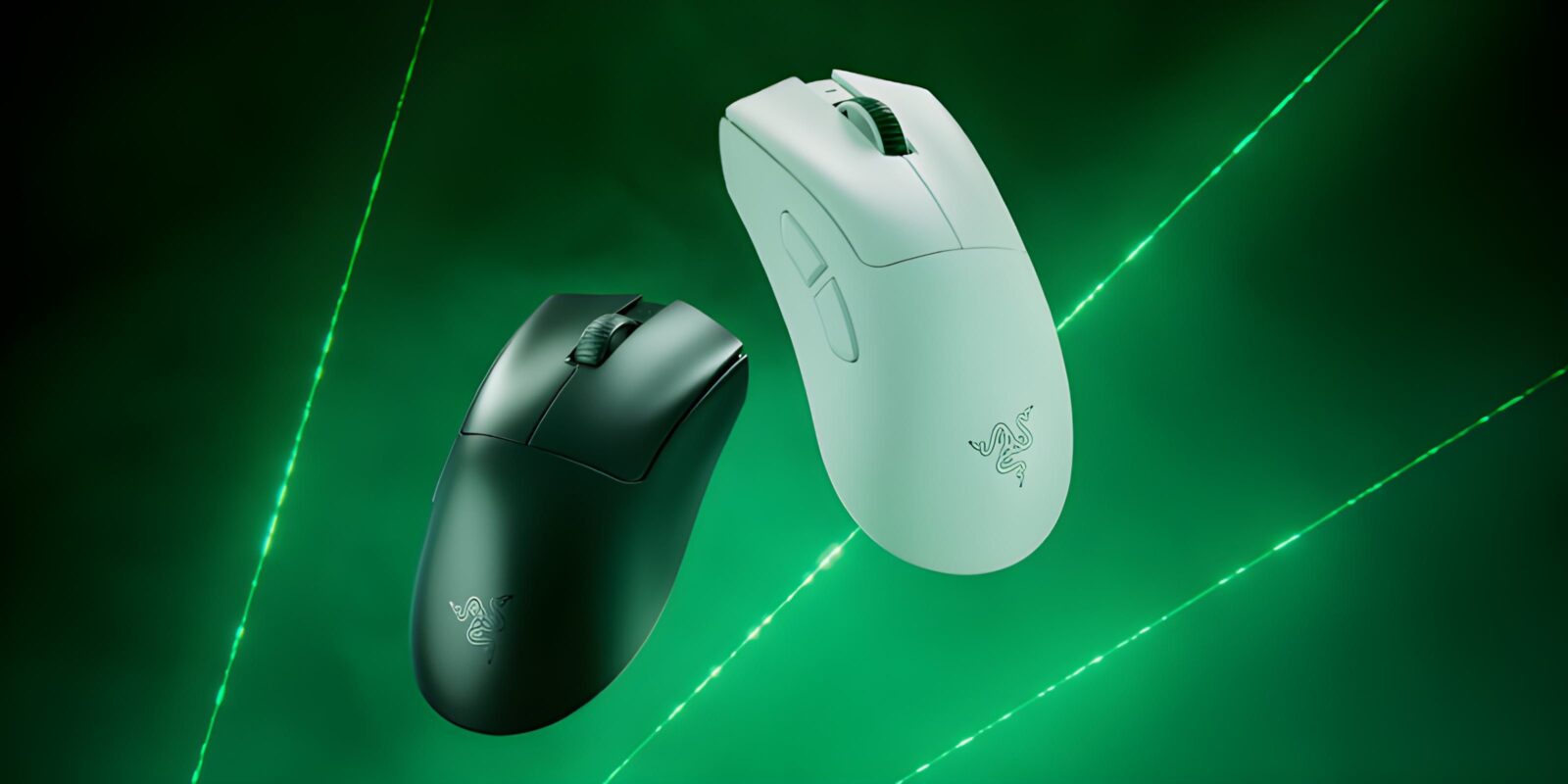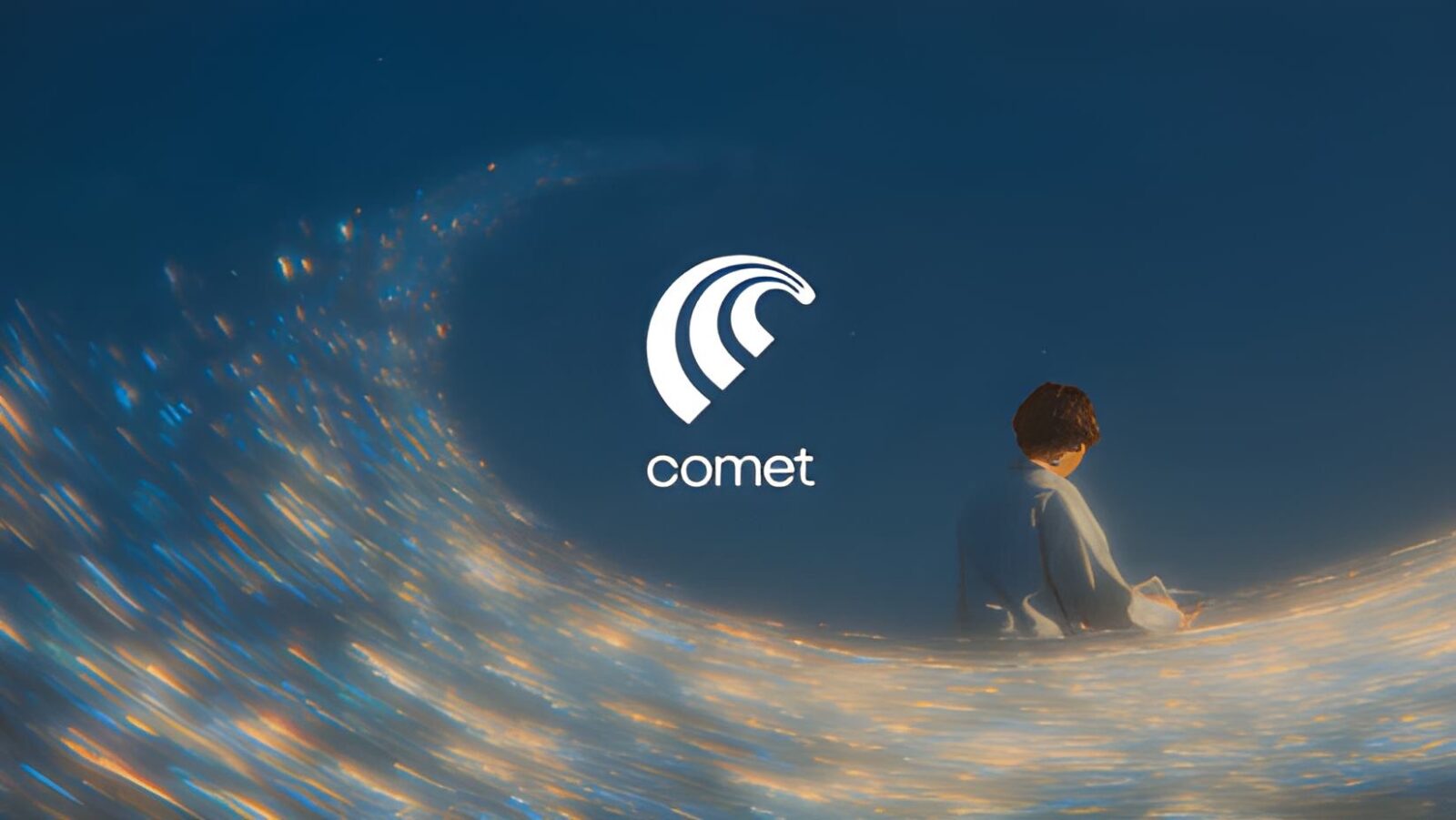NFTs are the hottest and newest craze right now, but what exactly are they? How do they work? How can I own one? And why would I want to buy a picture from a random person on the internet for large sums of money?
Well you can get the answers to all of your burning questions right here. This is our quick and easy introduction to the world of NFTs.
What are NFTs?
Let’s take an example of a House, when you buy a house you get the deed, the deed verifies that you own this house. While the house is the actual Asset, the Deed is the legally binding document.
Similarly an NFT has two parts – the deed, which lives on the blockchain, and the asset, which can be an image, video, 3D model, a virtual plot of land, or anything within the digital realm, really.
If you have no idea what a blockchain is, we can always do another guide. Tweet us @absolutegeeks and let us know if this is something that you would be interested in.
Terminology
I’m sure by now you have heard that NFT stands for Non-Fungible Token. What does it mean? It is very likely that even the person who explained it to you doesn’t know.
Keeping our house analogy going, the NFT itself is the Deed to the House. A verified bit of information stored on the blockchain.
The NFT points to a virtual asset as explained above, just like the Deed points to a specific house.
What types of Assets can I buy?
Currently the most popular type of assets being sold as NFTs are Images. These can be in any format (jpg, png, etc).
However, there are so many other forms of media and other digital assets that are NFTs as well -, videos (mp4), 3D models, virtual real estate, music, and even domain names.
Where are the Assets Stored?
Here is where many people misunderstand NFTs.
The Assets that you own via the NFT can be stored in a variety of places. They can be stored on the Cloud (like Google Drive or OneDrive), they can be stored on someone’s personal server. This is called the Centralised web, the internet as you have known it.
It is also possible to store the asset on the blockchain itself. While this is probably the most secure, this is also not as common due to various reasons, the biggest being cost and size limitations.
Most commonly files are actually stored on the centralised web and the NFT will simply point to the image file.
The new trend is to store the assets on the decentralised web. There is a whole new world out there called the InterPlanetary File System (IPFS), where files are stored on nodes. This might sound complicated, but we can simplify it further and explain it in another post. Again tweet us if you want to read about IPFS.
Why the Blockchain?
The biggest difference between a house’s title deed and an NFT is the Blockchain. A deed is a private document that only you and the government can see, sure you can show it to someone, but usually you don’t. Even if you do show the deed to someone, the person seeing it won’t know it’s history, for that matter, even as the deed owner, you might not know it’s history.
An NFT is public. Anyone who knows how to look it up, can see who owns the asset, and it’s entire history. History such as – who created it, who bought it, when these transactions took place, how much it sold for, etc.
This means that you as a potential buyer of an NFT can see its historical value, everything is transparent and nothing is hidden from you. Making an informed decision is much easier when you have this historical information.
Another major difference is that you might have heard of forged deeds all the time. Impersonator or grifters stealing property via fraud. Families stealing each other’s properties by faking documents or signatures etc. You would think the deed is safe, but it is a security risk.
With an NFT these security rules are built by the creator of the NFT and stored on the Blockchain. Only the person who is authorised can make changes to it. Once sold, the new owner is the authorised person. It is far safer than a physical document for proof of ownership.
This is not to say that NFTs don’t have their own security risks and flaws, they are just harder to exploit and inherently more secure.
For example, there are many fake NFT that copy the original NFT and pose as if they are the real NFT. All you have to do is be able to identify which is the real one and which isn’t.
NFT theft is also a growing problem, while it shouldn’t affect most casual users, you should always read up about the latest happening in the world of NFT and take precautions accordingly.
Why should I NFT?
Can’t someone just copy my Asset?
Yes, just like someone can take a photo of your house and claim that they own it. Anyone can make a copy of your NFT asset and claim it to be theirs. But just like you own the house and the deed itself, the NFT and the digital asset are both yours until you sell it.
Right now there are a few ways to differentiate a verified owner to someone who just copied the image.
An example of this is the Twitter profile picture, you can get a hexagonal shaped profile picture if you verify that you own the asset.
What other Benefits are there?
The word “Utility” is thrown around alot in the NFT space. But what utility does an NFT provide, it is just a picture after all?
This is why I explained what an NFT is earlier, it is not the image itself, but rather the fact that you own it. This is verified via the blockchain.
The Utility is something put in place by the creator of the NFT and differs between each NFT. In some cases you get access to an exclusive community, while others give you access to events.
There are NFTs which tie into a real world book, where you as an owner of the NFT can be involved in the decision making and/or creation.
Some have implemented a system to let you earn passively from your NFT, while others even let different NFTs interact with each other and “evolve” or “breed”.
Only someone who is verified as the owner of the NFT can claim these benefits. Thus the power of the NFTs and the blockchain is realised.
In addition to all this, you have the art/asset itself. That is also an asset that has value. There are also NFTs that do not have any other utility attached to them and the art is the primary utility.
How do I choose an NFT?
Choosing an NFT is a very personal thing. What I look for, first and foremost, is the art. Because if all else fails, I want to at least like what I own. I don’t want a pixelated banana that just looks like a yellow blob. This is obviously subjective and depends on my personal choice.
Then you look at the value that it brings. If exclusivity is your jam, then that can be a criteria. If supporting an artist is more important, then that is also a benefit. This is an implied value that really is for you to decide.
Another thing I look at is the potential to make money from the NFT. While I am not certified to give any sort of financial advice, I look for projects that have a long-term roadmap, and document ways on how to earn money via the provided utilities.
Just jumping on the NFT hype train is also a reason to choose an NFT. Don’t have FOMO. But also, not jumping on the hype train is just as good of a reason not to. No judgement either way.
Basically, you can decide why you want to get into NFTs. Hyped projects are a flipping strategy that many people use to make a fast buck.
How can I get an NFT?
Where can I Buy NFTs?
There are many ways to buy an NFT, but before you look at where, we need to look at what Blockchain to buy NFTs on.
In this article I do not focus on Minting, if you have heard this term and want to know more, there is a small bit of information at the end of the article.
Hello Blockchain my old friend.
As you know by now, NFTs are built on blockchains. Since you are reading this, chances are you have heard of BitCoin and Ethereum. The Blockchain is the “ledger” or the transaction log for these crypto currencies, which stores all the information. Including NFTs.
Why should you care?
Well, you can buy an NFT on Ethereum or another crypto currency. This is probably the most important aspect of buying an NFT.
Ethereum is probably the easiest to get into at this point, but also the most expensive.
However, you can also get NFTs on Polygon, Tezos or Cardano, the list goes on.
You need to pick a Blockchain.
How do I do that? I hear you asking.
Well, the most popular option right now is Etherum. So chances are the NFT you end up finding is probably going to be on this Blockchain.
That is where you could start.
You could also check out solana and polygon, as they are, arguably, the second and third most popular Blockchains for NFTs.
Marketplace
Now that you have picked the Blockchain, the best bet on being able to buy your NFT is going to be finding the right marketplace.
There are many marketplaces to choose from, all with their own advantages and disadvantages. The main thing to look at is, find where the NFT you want to buy is listed. That is where you will buy it from (ok not exactly true, but this is the shortest, simplest answer).
Here are some of the most popular marketplaces:
- https://opensea.io/
- https://rarible.com/
- https://mintable.app/
- https://knownorigin.io/
- https://magiceden.io/
- https://solsea.io/
Check out this list of Marketplaces on Twitter: https://twitter.com/i/lists/1488355469219573761
How to buy an NFT:
Buying an NFT is quite simple, but it’s also not that simple.
What?!
Let me explain.
If you want to buy an NFT you need to first have a Wallet that supports the platform/marketplace/blockchain you want to buy on.
Then you need to be able to load that wallet with the currency that is applicable to the platform/marketplace/blockchain you want to buy on
Once you do that, then you are ready to buy that NFT.
It’s simple because once you have it all set up and have bought an NFT once, it is very easy to do again.
It is not simple, because sometimes getting the currency you need (e.g. Matic or ETH) is not the simplest way.
This article is not meant as a guide on how to buy NFTs but we will show you the quickest and simplest way to buy an NFT. Note, that this is not the best way, just the simplest.
For this example we are going to go through the process of buying on OpenSea. Note that this is much easier on a laptop, so best you try this first on one. You will also need a modern browser like Opera, Firefox or Chrome.
Step 1: Get yourself a free digital wallet with MetaMask.
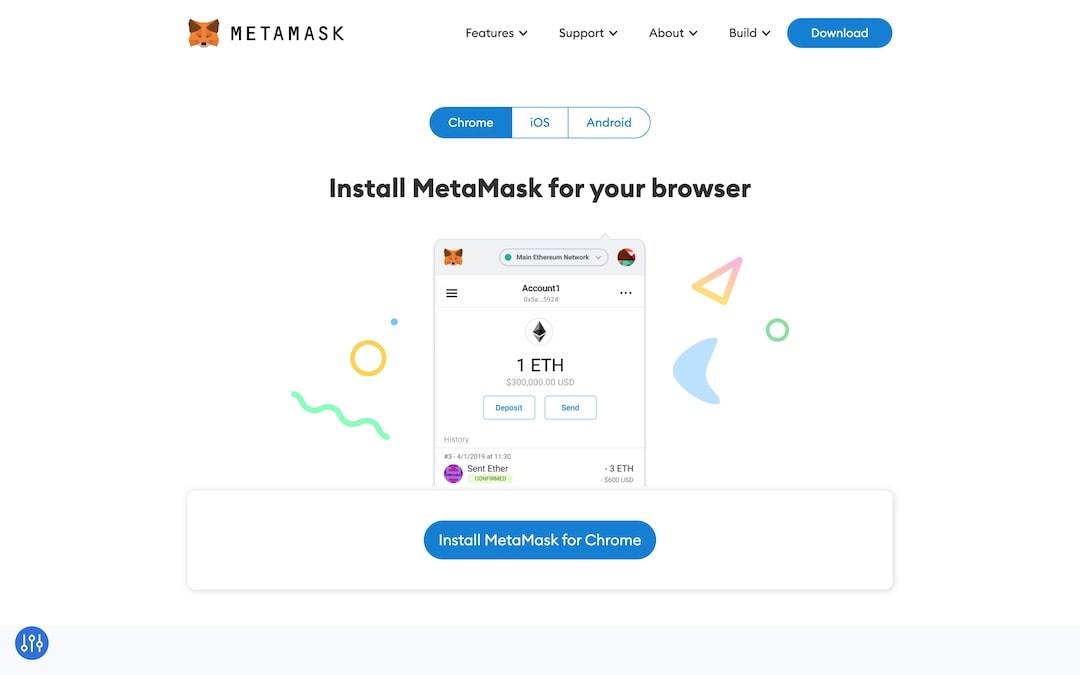
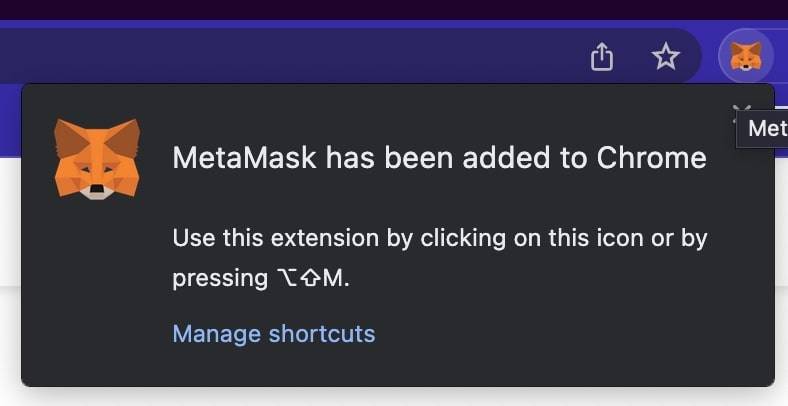
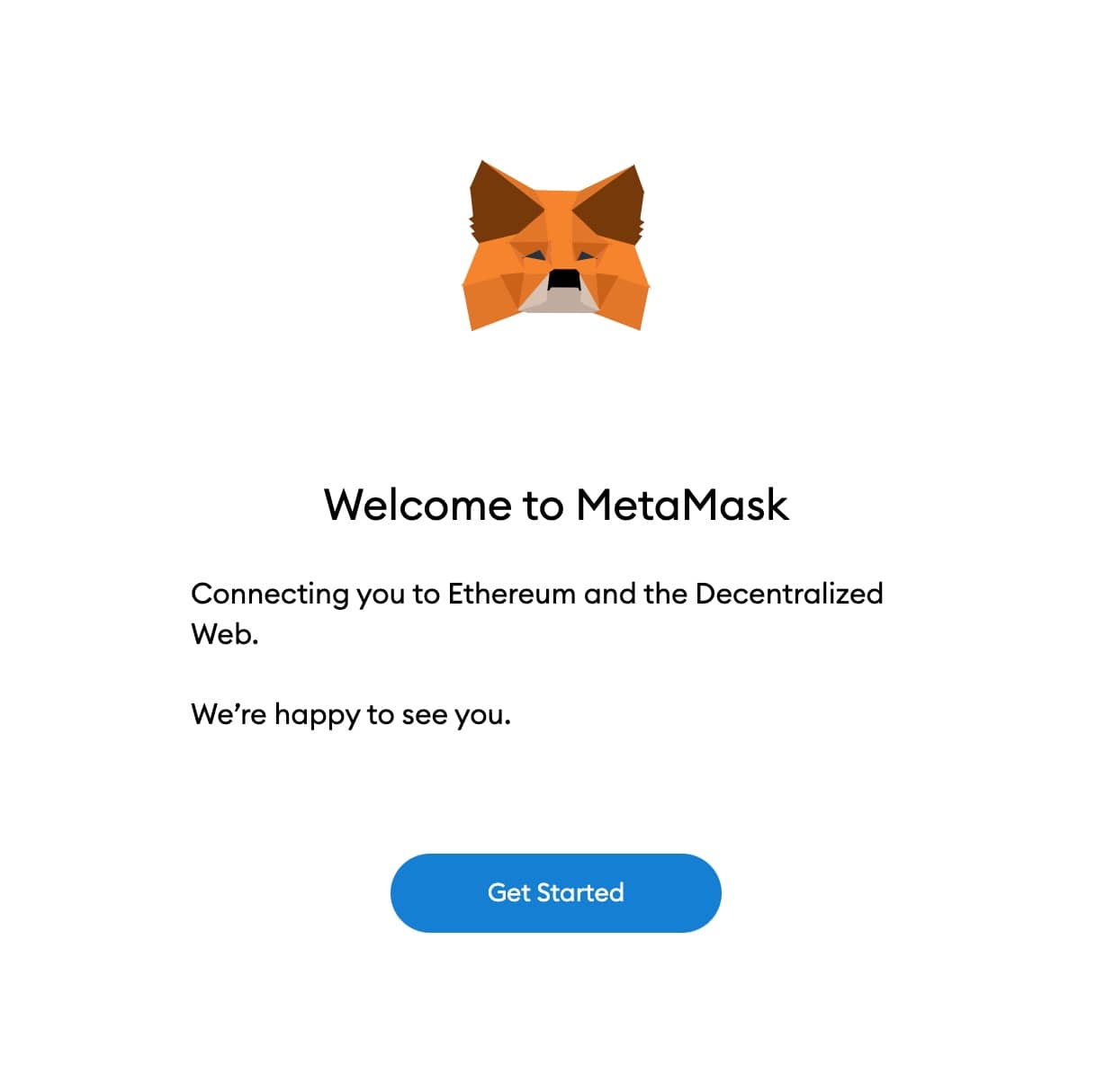
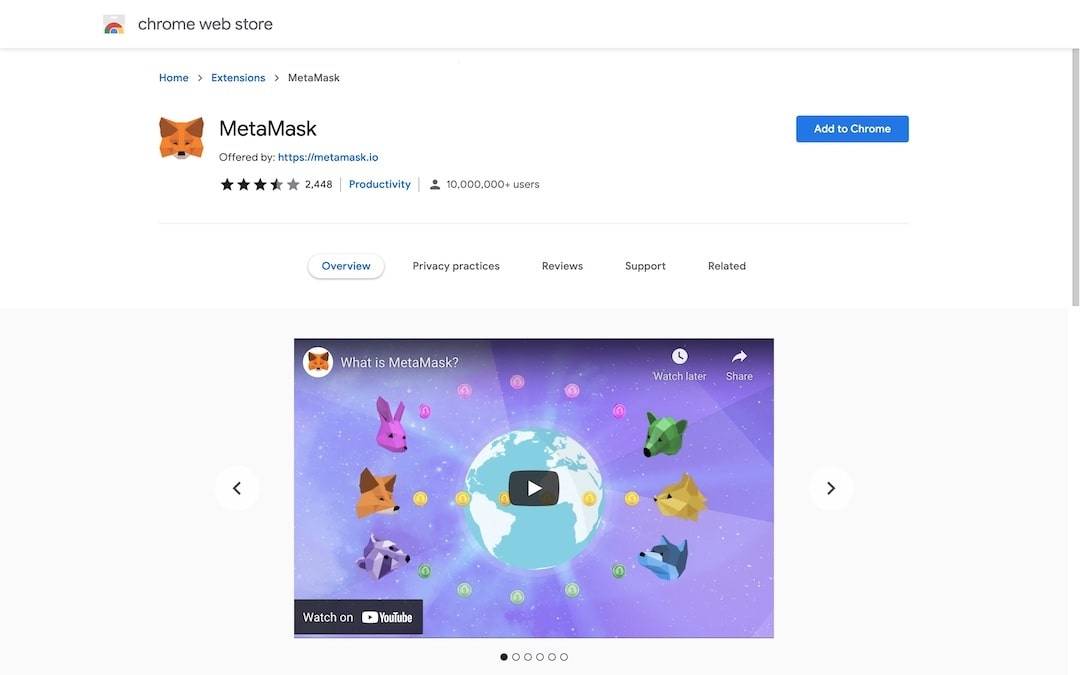
- You will either need to install an app or a browser extension. Best to do both.
- Head to https://metamask.io/, click on Download.
- Download the extension for your browser.
- Once done it will ask you to get started. Make sure to Choose the option that says “Yes, let’s get set up!”.
- Follow the steps and you will eventually create your account and get to create a wallet
Note: you can create as many wallets as you like, for free.
Step 2: Then Connect your wallet with OpenSea.
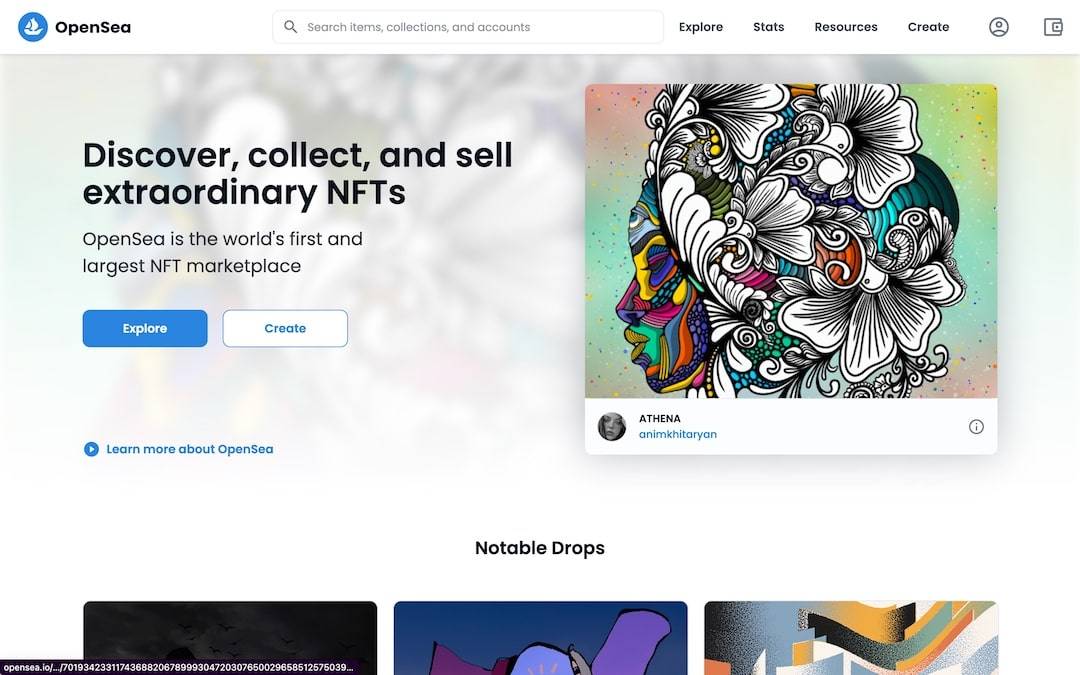
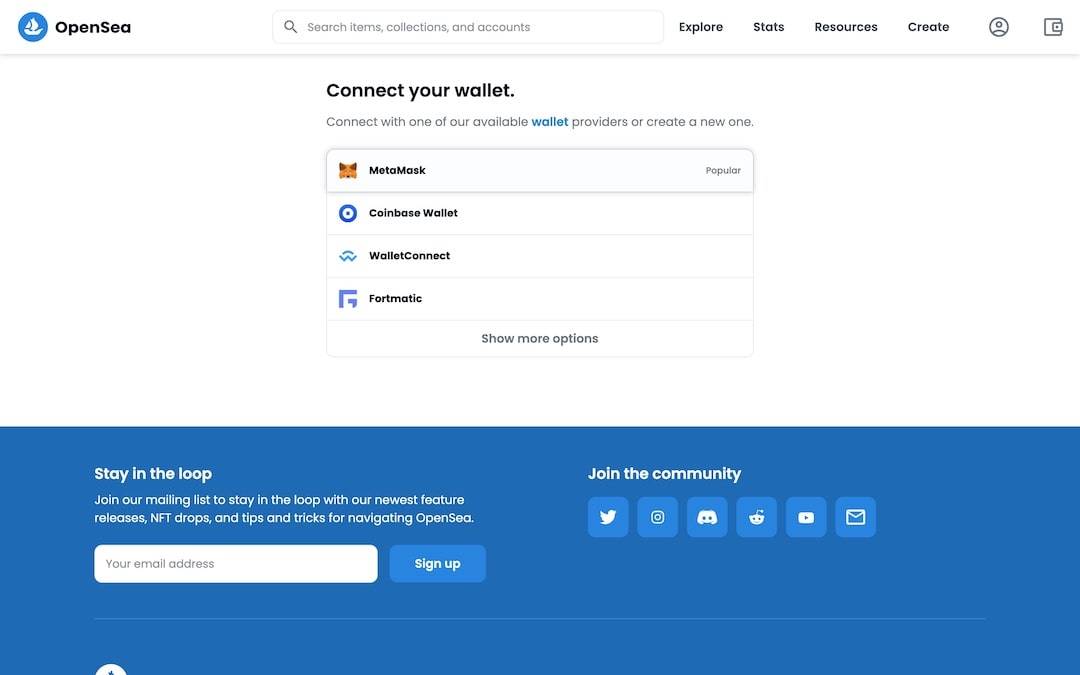
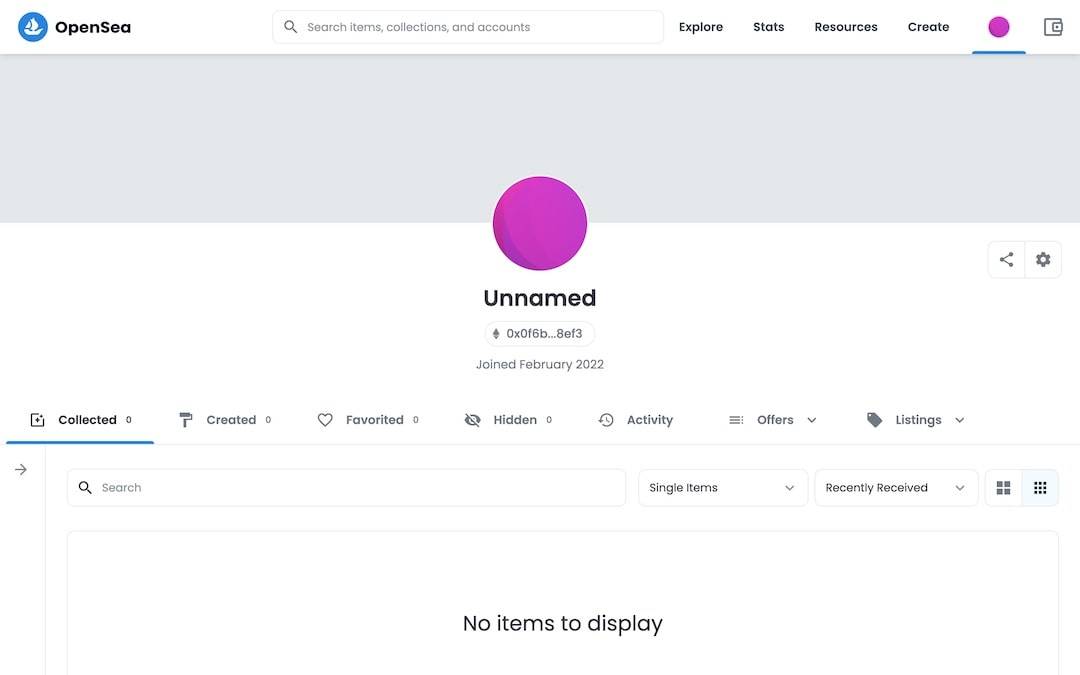
- Head to https://opensea.io/
- Click on the profile icon on the top right.
- Click on MetaMask and follow the steps.
Step 3: Fund your account via your Credit Card.
- You can either do it in MetaMask or via OpenSea.
- On the MetaMask extension window, click on Buy
- Select the option under Wyre, it will redirect you to a website.
- Follow the steps to add ETH to your wallet.
- On OpenSea, click on the Wallet icon on the top right.
- Then click on “Add Funds”, click on the tab “Buy with Card”.
- Choose ETH as the currency, and then follow the steps.
Note that everytime you add money to your wallet you will be charged transaction fees and network fees.
Step 4: Buy that NFT
Find the NFT you want to buy. You can also search and folder by those available to buy now. Click on Buy now and follow the steps. You will need to interact with both OpenSea and MetaMask.
Yes this is an oversimplification, but as we have said above, tweet us @absolutegeeks if you want us to write a more detailed guide.
Don’t get intimidated by the process, give it a try. Get your palate wet and enjoy the world of Web3, Crypto, Blockchains, and NFT.
Other Info
Domain Names
You can buy domain names as NFTs. This means that you buy them once and own them forever.
You can get domain names easily by clicking on the link below:
https://unstoppabledomains.com/?ref=9df2d4136c0f4c5
This is a referral link, so we do make a small amount from your purchase, but it doesn’t cost you anything extra.
Tools
If you want to be an active part of NFTs, then you must look at two huge platforms; Twitter and Discord.
It is best you get an account on both, and get comfortable with them.
While others do exist (like YouTube, Reddit, Instagram and even TikTok), Twitter and Discord are where most of the NFT community lives and communicates. For now. Until someone comes up with a Meta chat or something.
Minting
Minting is another way to get an NFT. This is slightly more technical and so beyond the simple scope of this article, however here is a quick and simple explanation.
The NFTs are deployed on the Blockchain by publishing smart contracts. Smart contracts a bits of code that determines how an NFT works, it’s utilities, how selling and ownership transfer works etc. A creator can implement Minting in their smart contract, which is the process of “creating” the actual NFT.
While it is not a requirement and not the only way NFT’s are created, some creators choose to allow people to mint. You will usually see this in a collection of 10K+ NFTs, where each piece of art is random and when you mint, you don’t know what you will be getting, except that it would follow the general theme of the collection.
Obviously there are other rules to the minting process, such as, who can mint, when you can mint, how much each NFT costs when you mint, and more.
Most of the time, the creator will create a dApp (a decentralised app or an app that interacts with the decentralised web) to facilitate the mint, however you can mint directly on the blockchain (within the limitations set by the creator).
While minting is usually cheaper, it is not always the case.
We might write an article in the future about minting and how it works.
Gas
Why is everyone talking about Gas prices?
Gas is the term used to describe the cost of making transaction on the Ethereum Blockchain.
In order to understand why you pay gas, you need to understand how Ethereum mining and staking work, both are topics for another article.
While you can time your transaction when the gas price is low, Suffice it is to say, gas is an unfortunate reality of NFTs.
An additional point here, Gas price depends on which Blockchain you are transacting (buying NFTs) on. Ethereum is one of the most expensive, Polygon, Tezos, and others, the gas price is so low that it is considered free.
There is hope that Ethereum 2.0 will also drastically reduce the gas price, but we don’t have any real confirmation on when that will be.
What Next?
That is for you to decide.
Do you want to get into NFTs?
Is it still complicated?
Do you want to know some cool NFT projects to support?
Keep an eye on this space as we talk more about NFTs over time. And you can always get in touch with us on Twitter if you want to discuss more.


